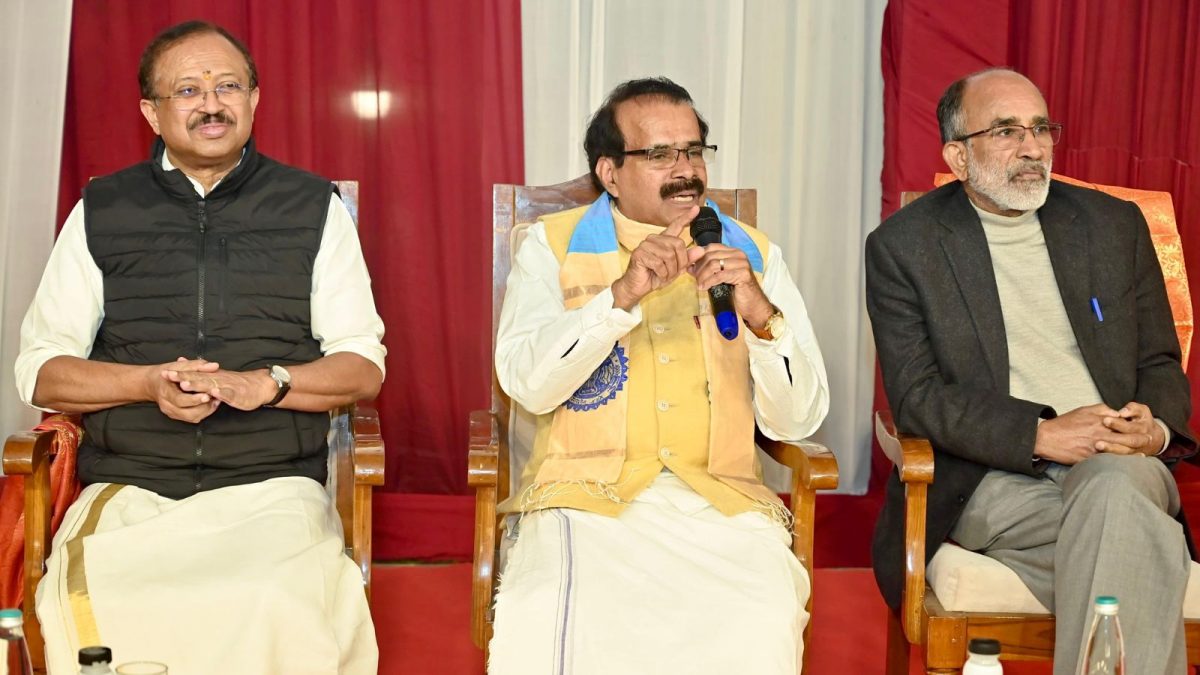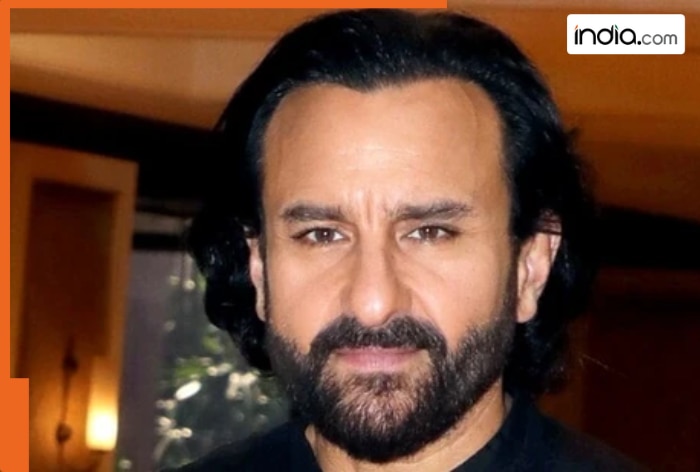The report was based on interviews with 100 UHNIs, ensuring diverse representation across net worth, geographical location, source of wealth, and stage of giving.
The findings show that 30% of the top 100 UHNI philanthropists donate to educational causes, while 21% contribute to healthcare. About 11% donate to environmental and sustainability initiatives, and only 5% donate to sports activities.
If UHNIs channel just 5% of their annual incremental wealth, they could contribute an estimated ₹75,500 crore annually, five times the total CSR spent by India Inc. in FY23, according to the report.
About 84% of respondents prefer to support a wide range of causes, allocating their philanthropic resources to more than one cause, with over 50% contributing to three or more causes.
The report also noted that about 56% of philanthropists prefer direct grant-making due to its simplicity, while 70% of larger and more involved philanthropists choose to route their philanthropy through an operating or grant-making foundation.According to Ashish Dhawan, founder-CEO of AIP, philanthropy in India is transitioning from traditional, informal giving to more strategic and impactful engagement. “Young first-generation wealth creators are leading this shift, focusing on long-term solutions rather than one-time charitable acts.”About 70% of respondents cite structural challenges, procedural complexities, and information gaps as barriers for philanthropists in India, while 34% point to personal challenges and 12% to cultural challenges.







